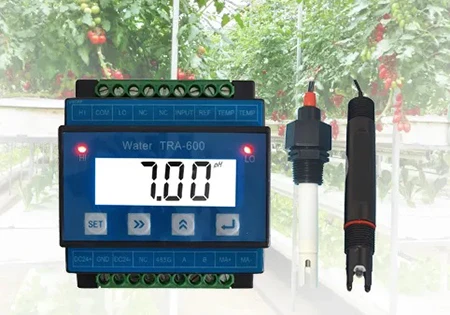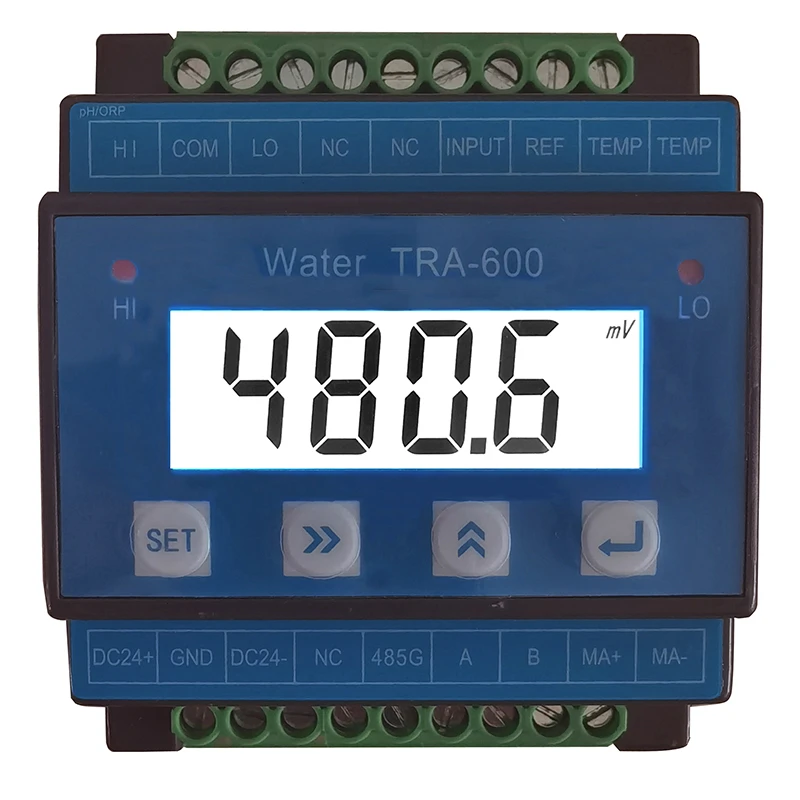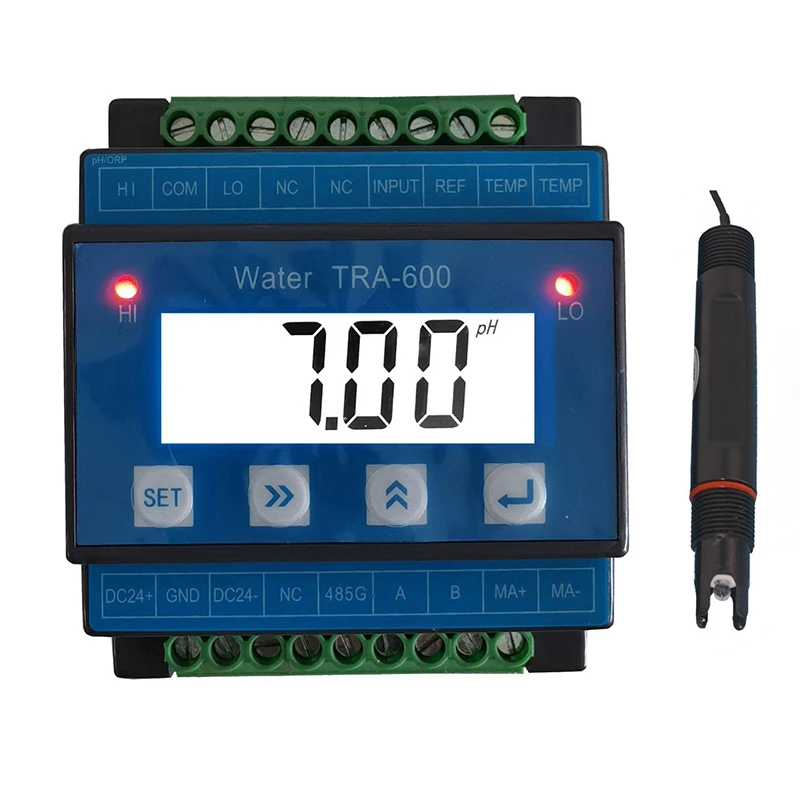Our 4 - 20mA transmitter is an essential component in water turbidity control systems, ensuring seamless data transfer and precise operation. It serves as a reliable link between sensors, such as turbidity sensors, and control units.Operating on the widely - recognized 4 - 20mA current loop standard, this transmitter takes the electrical signals generated by the turbidity sensors. These signals, which are proportional to the measured turbidity levels, are then converted into a 4 - 20mA current signal. This standard current range is highly resistant to electrical interference,guaranteeing accurate and stable data transmission over long distances.
One of the key advantages of our 4 - 20mA transmitter is its high accuracy. It can precisely translate the sensor readings into the corresponding current values, with minimal error. This ensures that the control unit receives the most accurate turbidity data, enabling it to make informed decisions for adjusting filtration systems, chemical dosing equipment, or other treatment processes.The transmitter is designed for easy integration into existing water turbidity control setups. It has a compact and rugged housing, making it suitable for installation in various environments, including industrial settings with harsh conditions. Its simple wiring and connection interfaces simplify the installation process, reducing both time and cost. In water treatment plants, industrial facilities, and aquaculture systems, our 4 - 20mA transmitter plays a crucial role in maintaining the overall efficiency and effectiveness of the water turbidity control process.
What Is A 4/20ma Transmitter?
A 4/20mA transmitter is a crucial device widely used in industrial and process control systems. It serves as a converter that takes various input signals, such as those from sensors detecting physical parameters like pressure, temperature, or in this case, turbidity.Functionally, it operates based on the 4 - 20mA current loop standard. When it receives an input signal, typically from a sensor, it converts this signal into an analog current signal within the 4 - 20mA range. The 4mA value often represents the minimum input signal level, while 20mA corresponds to the maximum.
This standard current range is highly beneficial as it is less susceptible to electrical interference compared to voltage - based signals. As a result, it can transmit data accurately over long distances, maintaining the integrity of the information.especially in water turbidity control systems, the 4/20mA transmitter plays a pivotal role.It bridges the gap between turbidity sensors, which detect the cloudiness of water, and control units. By accurately converting the sensor - generated signals into the 4 - 20mA current, it ensures that the control units receive reliable data. This enables the control units to precisely regulate processes like water filtration and chemical dosing, maintaining water quality.Our 4/20mA transmitter is designed with high - precision components, ensuring accurate signal conversion. It also features a compact and durable design, making it suitable for installation in diverse environments, from industrial plants to water treatment facilities.
How Does A Transmitter Work?
A transmitter is a fundamental device in industrial control systems, facilitating seamless communication between sensors and control units. It functions as a sophisticated signal converter, playing a crucial role in ensuring accurate data transmission.When a sensor detects a physical parameter such as pressure, temperature, or turbidity, it generates an electrical signal. This initial signal, often in the form of a voltage or resistance change, is the input for the transmitter. The transmitter then takes this input and processes it through a series of internal components.Inside the transmitter, an amplifier boosts the weak sensor signal to a more robust level. Next, a converter circuit comes into play. For a 4 - 20mA transmitter, this circuit is designed to transform the amplified signal into an analog current signal within the 4 - 20mA range. The conversion is calibrated in such a way that the minimum value of the measured parameter corresponds to 4mA, while the maximum value is represented by 20mA.
This standard current range offers significant advantages. Unlike voltage - based signals, the 4 - 20mA current is highly resistant to electrical interference, enabling reliable data transfer over long distances.Once the signal is converted to the appropriate current value, it is transmitted through a two - wire or four - wire system to the control unit.The control unit can then interpret this current signal to accurately determine the value of the measured parameter. In applications like water turbidity control, this precise data transfer allows the control unit to effectively regulate processes, maintaining water quality and ensuring the smooth operation of industrial systems.













